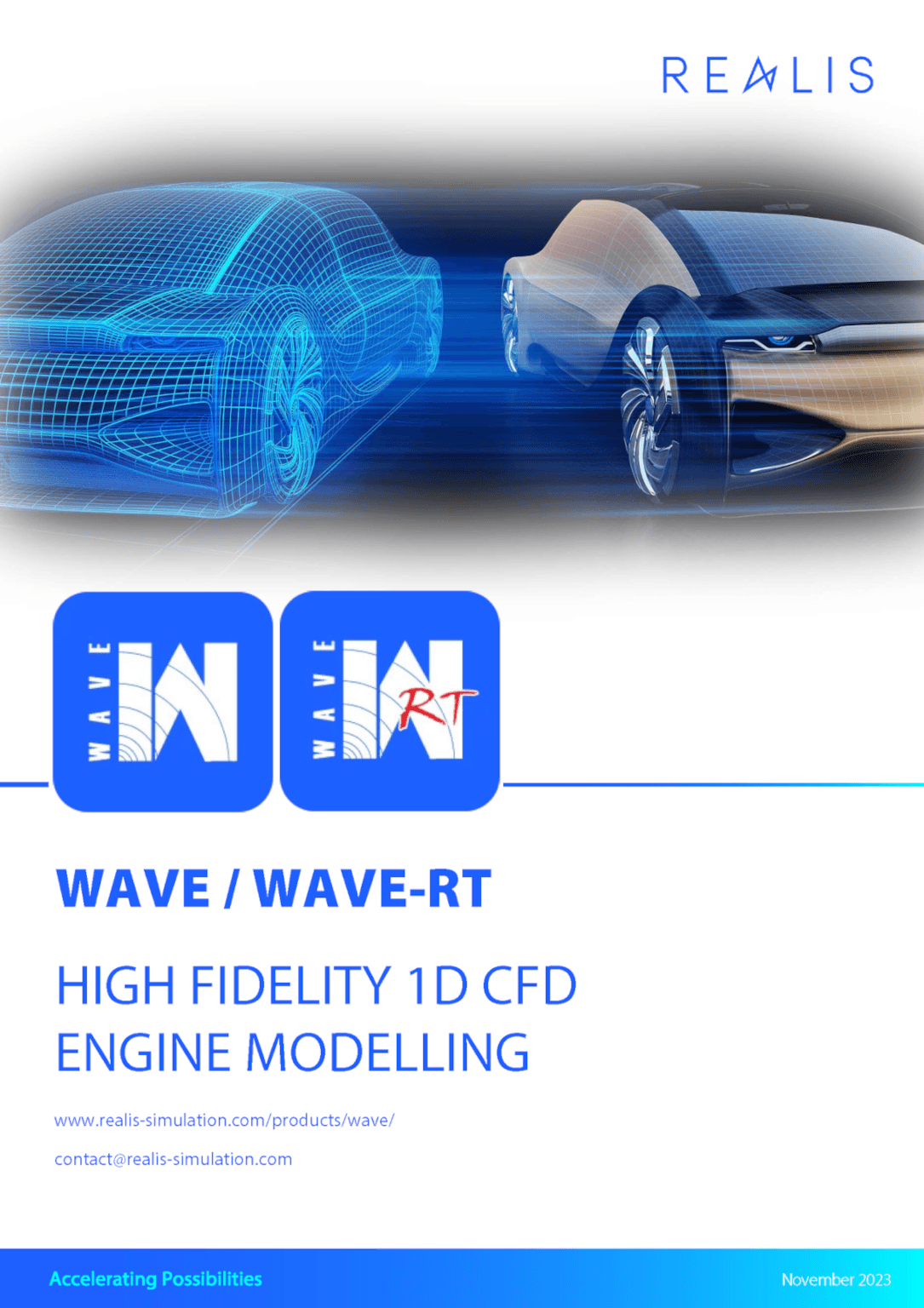
Predictive friction

Predictive friction enables the rapid estimation of cycle averaged friction to assess the significant contributors to total engine Friction Mean Effective Pressure (FMEP), together with other types of losses. These include the energy required to drive oil, water and fuel pumps as well as losses such as windage, crankcase pumping and seal friction.
The model data has been validated by comparison with measured data from many tear-down tests allowing for the following analysis:
- Rapid estimation of cycle-averaged friction to assess the significant contributors to total engine FMEP
- Covers the engine specification and enables design options to be assessed across operation parameters such as in-cylinder traces and engine design details including bearing diameters, shaft design and all sources of losses in an IC engine.
- Enabling predictive friction maps to be included in real-time engine plant models
WAVE is a 1-D fluid dynamics performance simulation used to help define requirements including engine architecture (configuration, sizing) to define targets (performance, fuel consumption, emissions). WAVE enables performance and acoustic simulations to be carried out based on virtually any intake, combustion and exhaust system configuration, and includes a drivetrain model to allow complete vehicle simulation. A predictive friction module called FAST is included, that analyses the effects of mechanical friction losses on engine performance.
Our insights


From asperity to fuel economy – a digital friction study
Conference
PISDYN RINGPAK
Brochure
